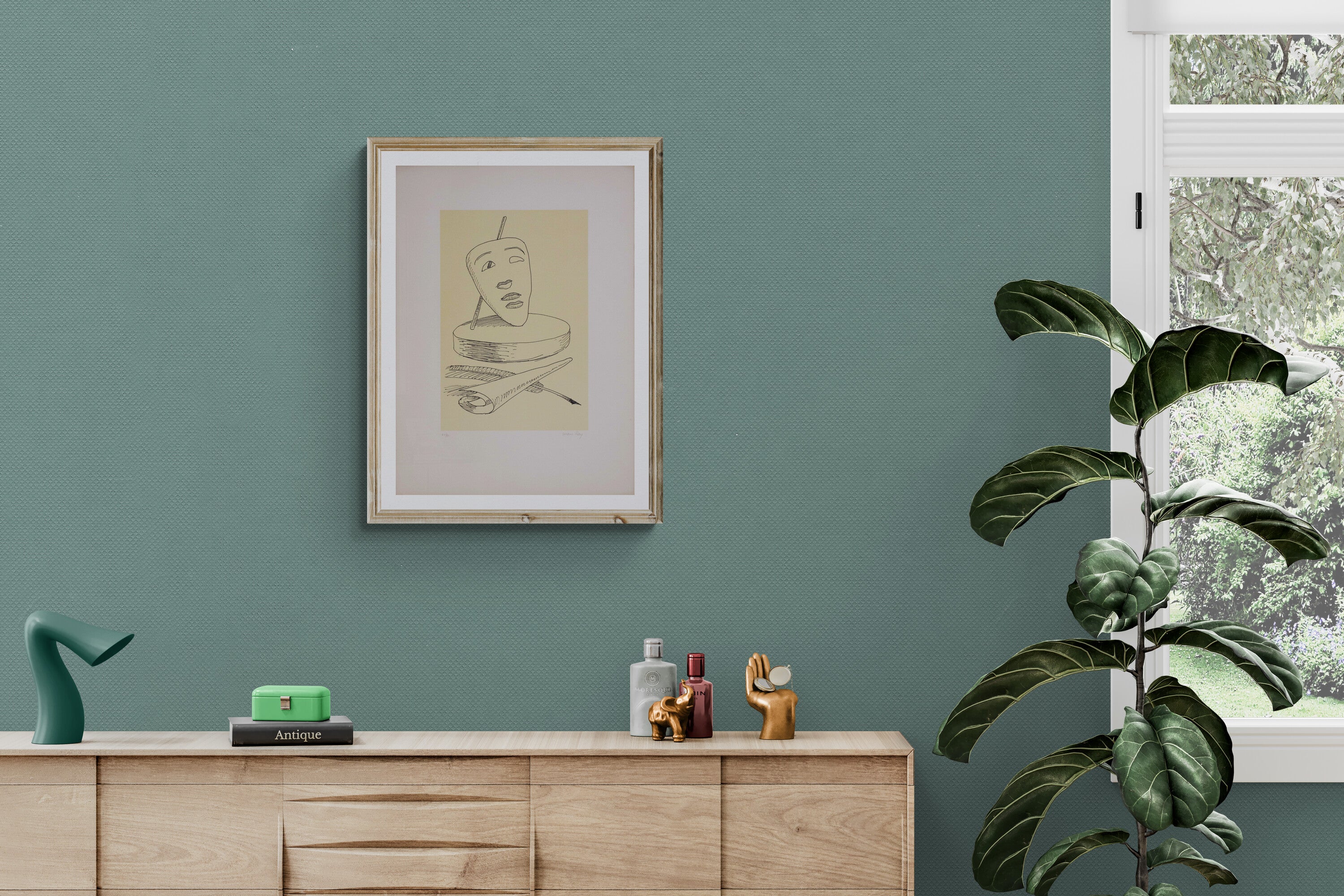Lucio Fontana biography

Lucio Fontana was an Italian painter, sculptor and ceramic artist naturalized Argentine. He was born in Rosario de Santa Fé, Argentina, in 1899. The young Lucio Fontana was sent by his family to study in Milan where he obtained a diploma as a building surveyor at the Carlo Cattaneo Technical Institute. Returning to Argentina in 1921, he began working in his sculptor father's studio. In 1924 he opened his own sculpture studio, abandoning his father's realistic style and being influenced by cubism. In 1927 he returned to Milan where he enrolled at the Brera Academy of Fine Arts and attended the courses of Adolfo Wildt.
In 1930 he participated in the XVII Venice Biennale with the sculptures Eva and Fascist Victory and held his first solo exhibition at the Galleria del Milione in Milan exhibiting Black Man. The artwork, which will start the cycle of human figures reduced to geometric silhouettes, represents a break with the past, particularly with the Wildt school, and the beginning of a personal artistic research.
From 1935 to 1939 he devoted himself with particular intensity to ceramic activity, working in the manufactory of his friend Giuseppe Mazzotti in Albisola.
From 1940 to 1947 he was again in Argentina and together with other abstract artists wrote the Manifiesto blanco with which 'A change in essence and form is required. The overcoming of painting, sculpture, poetry, and music is required. A greater artwork in accordance with the needs of the new spirit is necessary.
Returning to Milan in 1947, together with Beniamino Joppolo, Giorgio Kaisserlian and Milena Milani he founded Spatialism, an artistic movement supported by the Galleria del Cavallino in Venice.
In 1949 he deepened his spatial research with the start of the cycle of Holes, monochrome artworks on canvas characterized by vortexes of holes made with an awl.
Since the early 1960s, Lucio Fontana has focused particularly on the series of Oils, artworks on canvas where the thick layer of paint is pierced or torn.
In 1961, he held his first solo exhibition in the United States at the Martha Jackson Gallery in New York. In the same year, inspired by the New York metropolis, he conceived the Metals, mirror sheets on which he intervenes by tearing and cutting the surface. This was followed by an unstoppable series of solo exhibitions in Milan, Venice, Tokyo, London, and Brussels.
In 1963 he perhaps started the most iconic series of his artistic production, the End of God, oval-shaped canvases, monochrome or sometimes sprinkled with sequins, pierced and torn, exhibited for the first time at the Galleria dell'Ariete in Milan.
He will once again test his creativity in 1964 with the series of Teatrini, artworks in which the lacquered wooden frames are shaped and form differentiated shapes, and in 1967 with the series of Ellissi, elliptical lacquered wooden panels, variously colored and pierced by machine-made holes. Lucio Fontana died in Comabbio, in the province of Varese, in 1968 at the age of 69.



